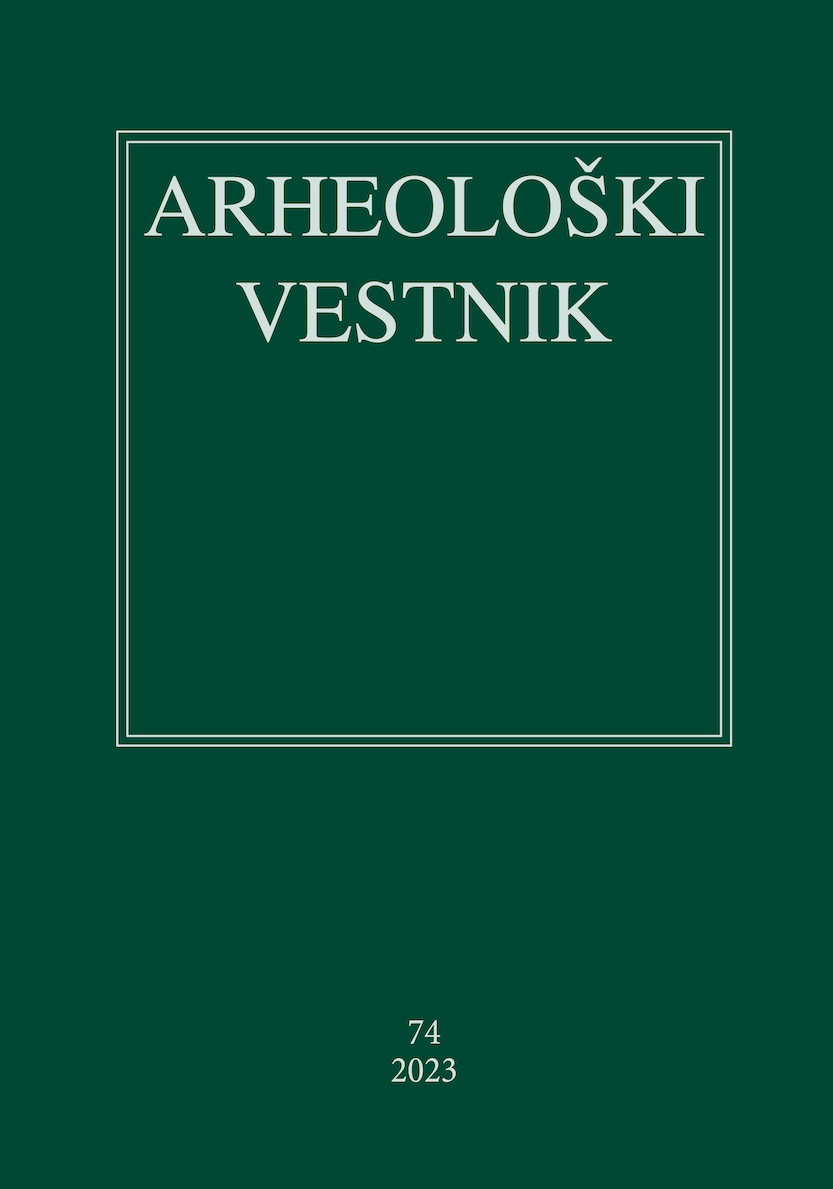Late Antique Social Structure: the Cemeteries in Slovenia
DOI:
https://doi.org/10.3986/AV.74.07Abstract
This article presents the analysis of seven Late Antique burial sites in Slovenia, the aim of which was to explore which aspects of social structure are expressed in the Late Antique burial ritual, in what ways, and for what reason. Comparative analysis of intentional and functional data, as well as contextual approach, were used, and analyses were carried out using the database created for this study and the Qgis geographic information system. The results of the analyses have revealed a strong connection between the burial ritual and the age and sex of the deceased. Children and the elderly appear to be of lower social standing in the context of the burial ritual, while the greatest concentration of wealth is found in the graves of youths and young adults. This is reflected in the largest number and a wide variety of grave goods, as well as in the frequent use of precious materials and grave structures and the greater depth of the grave pit. Graves of women of childbearing age appear to be the wealthiest, which may be linked to the stress a society faced when these frequent deaths of young women occurred.
Downloads
Downloads
Published
How to Cite
Issue
Section
License

This work is licensed under a Creative Commons Attribution-ShareAlike 4.0 International License.
Authors guarantee that the work is their own original creation and does not infringe any statutory or common-law copyright or any proprietary right of any third party. In case of claims by third parties, authors commit their self to defend the interests of the publisher, and shall cover any potential costs.
More in: Submission chapter





